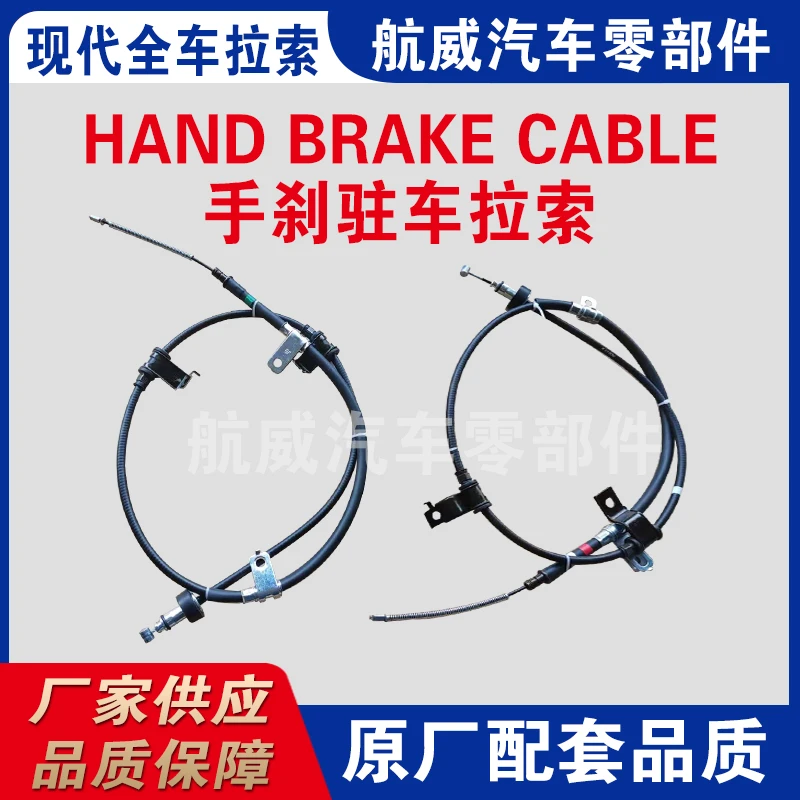push pull throttle
Understanding the Push-Pull Throttle Mechanism Dynamics and Applications
The push-pull throttle mechanism plays a crucial role in various fields, particularly in engineering, automotive, and aviation industries. This system effectively manages power and speed, acting as a vital control mechanism in engines and propulsion systems. By understanding its functions, applications, and benefits, we can appreciate its significance in modern technology.
What is a Push-Pull Throttle?
At its core, a push-pull throttle is a type of control mechanism that allows the operator to manage the output power of an engine or a motor. The term push-pull refers to the dual nature of the throttle control pushing it increases power while pulling it decreases power. This dual-action provides a smooth and intuitive way for the operator to adjust the speed and intensity of the engine's operation.
Mechanism of Operation
The operation of the push-pull throttle mechanism relies on a series of interconnected components. When the throttle lever is pushed forward, it typically opens the throttle valve, allowing more air and fuel to enter the combustion chamber, which subsequently increases the engine's power output. Conversely, pulling the throttle lever back reduces the amount of fuel and air mix entering the chamber, thereby decreasing power.
This simple yet effective mechanism is often connected to various sensors and electronic systems to enhance precision and responsiveness. For instance, electronic throttle control (ETC) systems are now commonplace in modern vehicles, where the throttle response is computed by the engine control unit (ECU) based on various parameters, including speed, load, and driver input.
Applications in Various Industries
1. Automotive In the automotive sector, push-pull throttles are prevalent in carbureted and fuel-injected engines. They facilitate smooth acceleration and deceleration, affecting how a vehicle responds to driver input. Traditional mechanical throttles are being replaced by electronic versions to improve fuel efficiency and reduce emissions.
2. Aviation In aviation, the push-pull throttle controls allow pilots to manage engine thrust effectively. Whether in a small private plane or a large commercial jet, the throttle control is essential for takeoff, cruising, and landing, ensuring a smooth flight experience and optimal engine performance.
push pull throttle

3. Marine In marine applications, push-pull throttles are integral to controlling boats and yachts. They allow for precise handling of speed and direction, enhancing the overall driving experience on water.
4. Industrial Machinery Various machines use push-pull throttle systems to control engines or electric motors in applications ranging from forklifts to lawnmowers. This versatility makes it an invaluable tool in many industrial settings.
Advantages of Push-Pull Throttle Mechanisms
The push-pull throttle mechanism boasts several advantages, making it a preferred choice across various applications
- User-Friendly The intuitive design of push and pull controls makes it easy for operators to handle machinery and vehicles with minimal training.
- Responsive Control Providing immediate response to input allows for better control of speed and power, enhancing safety and efficiency.
- Versatility This mechanism can be adapted to various engines and motors, making it suitable for different applications across several industries.
- Precision Modern electronic implementations add layers of precision, allowing for fine-tuning of engine performance based on real-time data.
Conclusion
The push-pull throttle mechanism is a vital component in the efficient operation of engines across multiple sectors. By allowing for intuitive control over power and speed, it has enhanced the performance and safety of various applications. As technology continues to evolve, the integration of advanced electronics with traditional throttle systems will further augment their effectiveness, paving the way for innovative solutions in the future. Understanding and leveraging this mechanism is crucial for engineers, operators, and manufacturers aiming to improve efficiency and reliability in their respective fields.
-
Workings of Clutch Pipe and Hose SystemsNewsJun.04,2025
-
The Inner Workings of Hand Brake Cable SystemsNewsJun.04,2025
-
The Secrets of Throttle and Accelerator CablesNewsJun.04,2025
-
The Hidden Lifeline of Your Transmission Gear Shift CablesNewsJun.04,2025
-
Demystifying Gear Cables and Shift LinkagesNewsJun.04,2025
-
Decoding Clutch Line Systems A Comprehensive GuideNewsJun.04,2025
